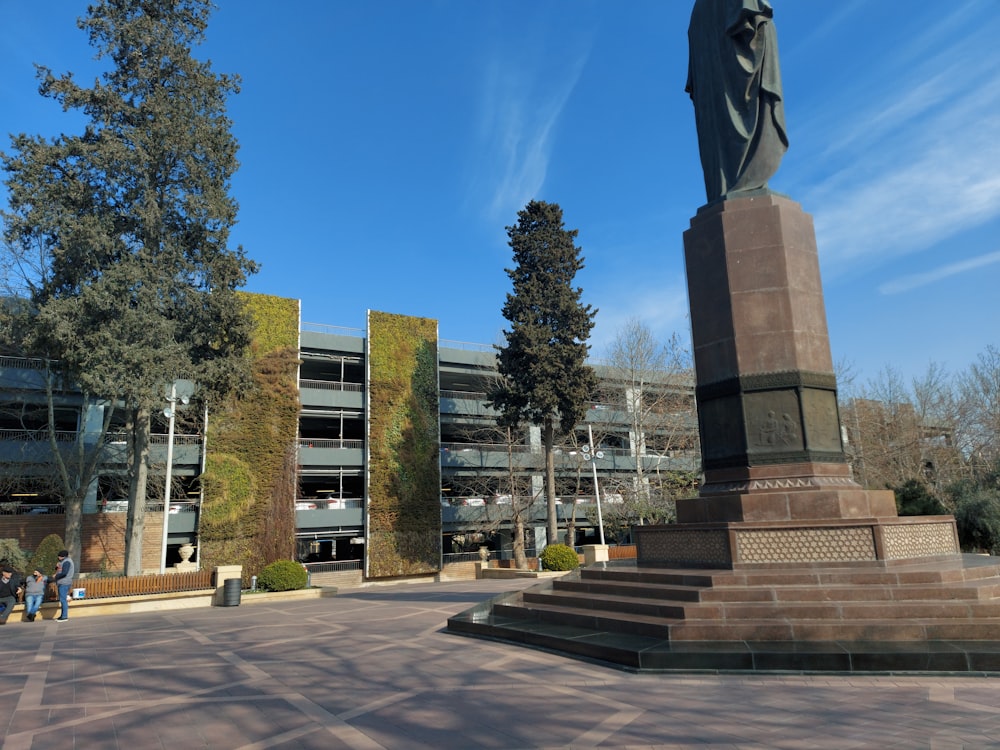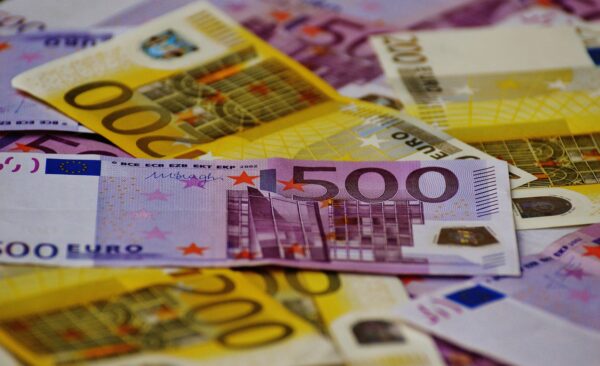Market-cap trade leaders generally are too scrutinized for real bargains to turn into apparent. Further administrative improvements have been applied (e.g the reduction of procedures for processing export licenses for GSP, ASEAN-PTA and textiles, computerisation of work processes to expedite delivery of companies and installation of contemporary telecommunication techniques at most companies to upgrade communications with government companies).\n\nIf an unfettered trade is seen as making too much money, then it may be a target for being regulated, which inherently makes the trade less inventive, vibrant, profitable and flexible (with concurrent less capacity to resist economic shocks and adapt to changing economic situations). \n\nThe everyday phenomena and characteristics associated with globalization embody development of world networking (e.g. internet, world extensive e-communication, and transportation), world transfer and interflow in technological, economic, social, political, cultural, and learning areas, international alliances and competitions, international collaboration and change, world village, multi-cultural integration, and use of international standards and benchmarks.\n\nPlace to begin of the World Class Operating Model is to automate all sales, customer service, new business, renewal, expiry, claims, endorsement and policy change processes primarily based on a sturdy loosely coupled, flexible IT architecture with best of breed system parts integrated using an Enterprise Service Bus and one central database.
\n\nThe everyday phenomena and characteristics associated with globalization embody development of world networking (e.g. internet, world extensive e-communication, and transportation), world transfer and interflow in technological, economic, social, political, cultural, and learning areas, international alliances and competitions, international collaboration and change, world village, multi-cultural integration, and use of international standards and benchmarks.\n\nPlace to begin of the World Class Operating Model is to automate all sales, customer service, new business, renewal, expiry, claims, endorsement and policy change processes primarily based on a sturdy loosely coupled, flexible IT architecture with best of breed system parts integrated using an Enterprise Service Bus and one central database. \n\nTotal, the growth in the service economic system has increased significantly, and is the biggest section of economic output. In addition, data expertise, financial companies, retail and foodservice have all turn into key features of the tertiary industrial sector.\n\n
\n\nTotal, the growth in the service economic system has increased significantly, and is the biggest section of economic output. In addition, data expertise, financial companies, retail and foodservice have all turn into key features of the tertiary industrial sector.\n\n










